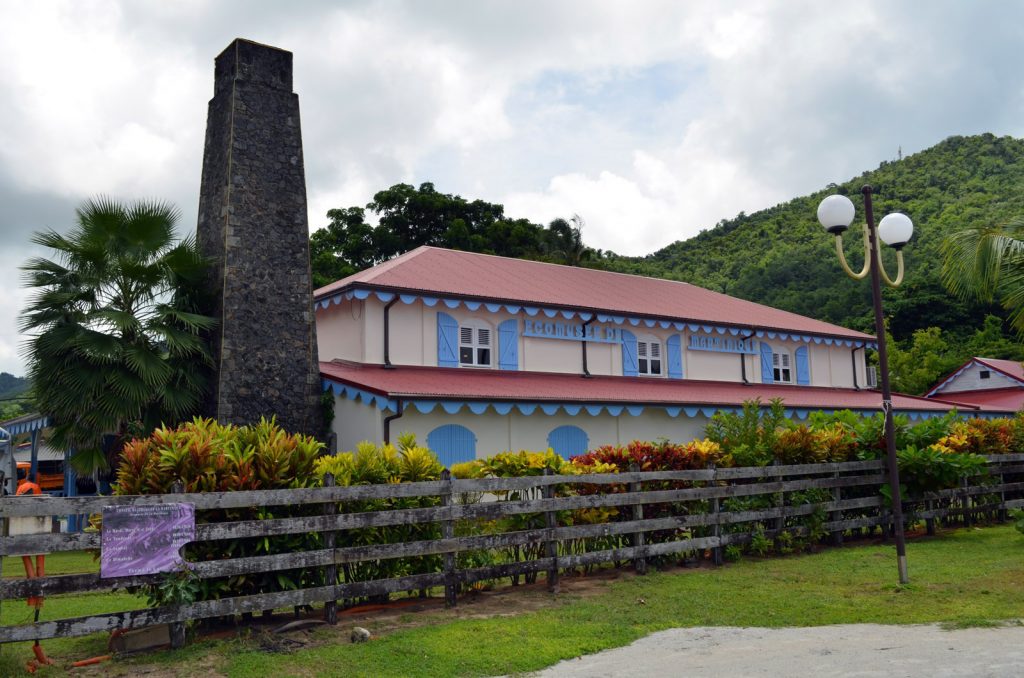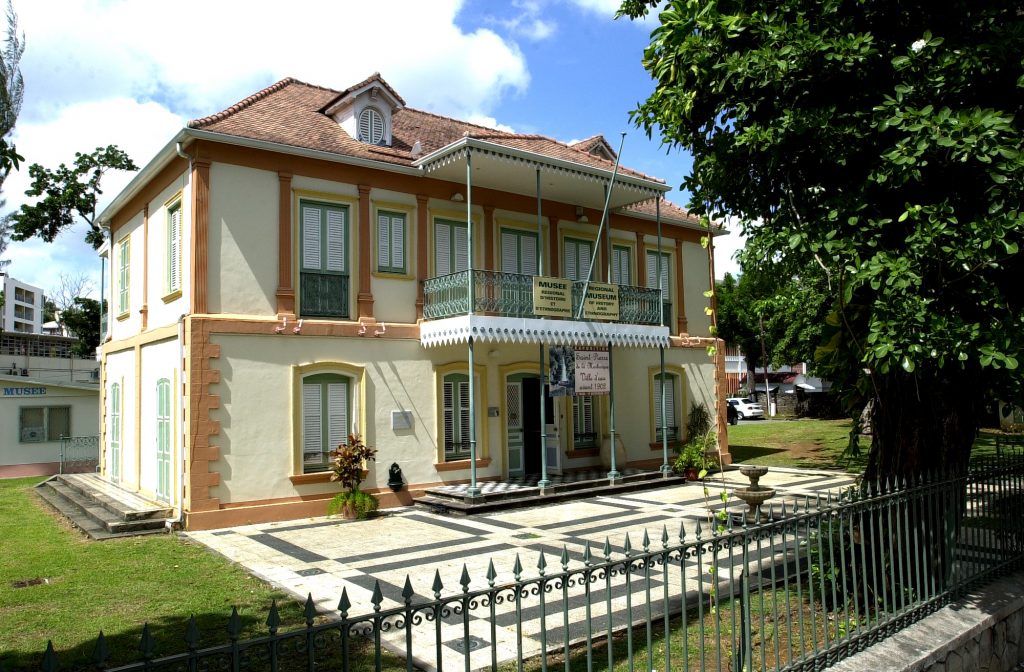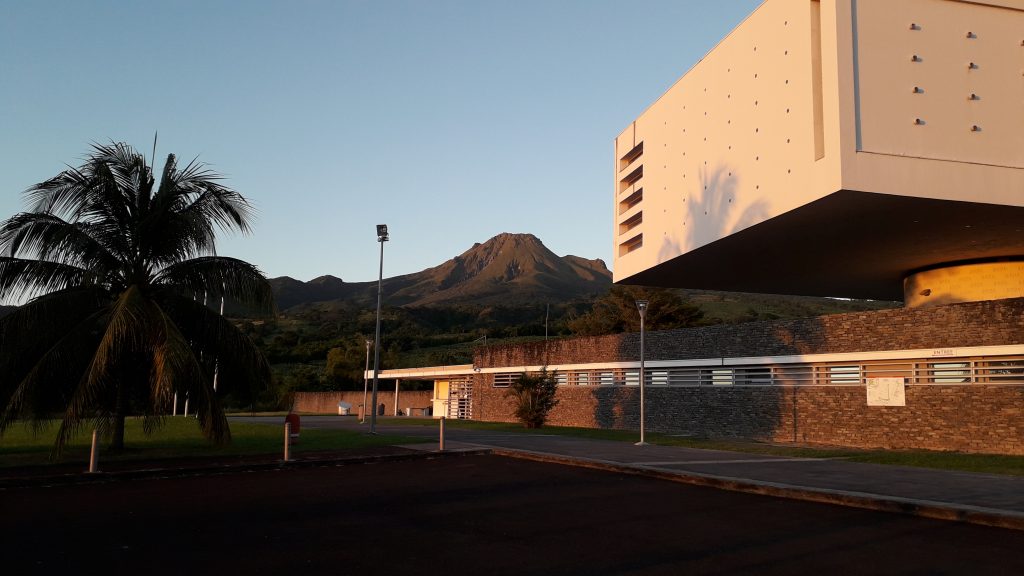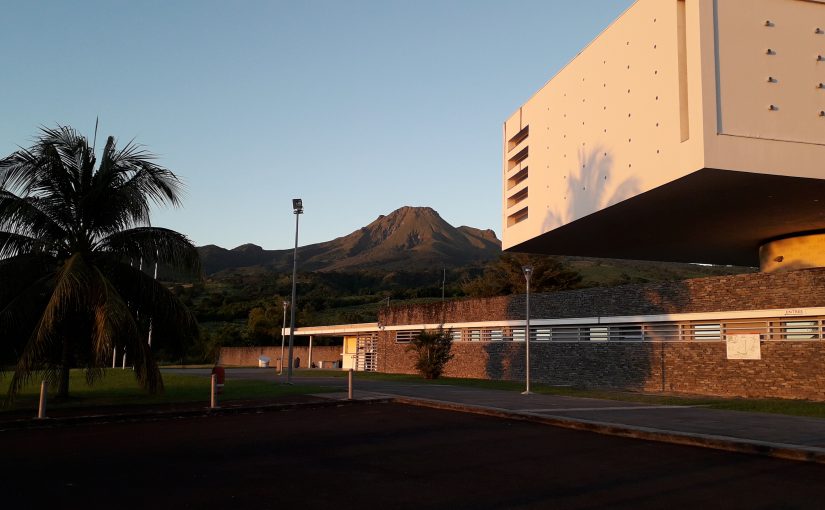First look at the island’s network of museums and sites.
By: Sylvia Berté |Instagram: @plantemere
This upcoming November, upon invitation of the Collectivité Territoriale de Martinique (CTM), members of the Museums Association of the Caribbean and museum professionals from the French island and across the region will gather for MAC’s annual conference. This year’s chosen theme, The Museum: Identity Marker, Actor of Cultural and Socio-economic Development in the Caribbean and its Diasporas, invites conversations about the impact and contributions of museums past and present. Delegates will be given the opportunity to collectively build a body of thinking while being immersed in the specificities of Martinique’s museum landscape.
Delegates will also be offered the opportunity to visit many of the 9 museums under the direction of the CTM museum department, each of them presenting complementary and multidisciplinary aspects of Martinique’s historical, cultural, natural and scientific heritage. Below is an overview of each of these museums and their missions.

The ‘Écomusée’ (Ecomuseum) is situated on a former distillery in Rivière-Pilote since 1993. Its visitors are immersed in the domestic culture of the island through the display of temporary exhibitions and a permanent collection composed of artefacts dating from the pre-Columbian period until the 1950’s and an upper floor partly dedicated to traditional knowledge and the life of Joseph Zobel.
The ‘Musée du Père Pinchon’ (Père Pinchon Museum), only recently opened in Fort-de-France in 2018, is centered around the natural history collections of Robert Pinchon, priest of the order of the Holy Spirit whose passionate work greatly contributed to build an extensive knowledge of the flora and fauna of Martinique during the 35 years he lived on the island starting in 1945. The museum provides an in depth view of the island’s biodiversity through presenting his collection of birds, insects, amphibians and an herbarium of ferns.
The ‘Maison des Volcans’ (Volcano House), an information and documentation center specializing in volcanology, was created in Morne-Rouge in 1990 and became a regional museum in 2004. Here, one gets acquainted with the geological history of the region partly through permanent exhibitions relating to the Mount Pelée eruptions that occurred in 1902 and 1929.

The ‘Musée d’Histoire et d’Ethnographie’ (Museum of History and Ethnography), located in Fort-de-France, was created in 1985. Its temporary exhibitions present facets of the Martinican culture and are drawn from varied topics such as history, sports or society. In 1987, the museum acquired a typical 19th century middle-class town home and placed it in the museum complete with same period interior furnishings.
The ‘Maison de la Canne’ (Sugar Cane House) was created in Trois-Ilets in 1987 and is located on a former sugar factory. Through the presentation of the sugar industry, the museum highlights the important role sugar has played in Martinican history, shaping the island, both economically and socially.
The ‘Centre de Découverte des Sciences de la Terre’ (Earth Sciences Discovery Center) was created in Saint-Pierre in 2004. Through an experiential learning approach, the center offers the opportunity to acquire greater knowledge about Martinique’s geography and geology.

The ‘Musée de la Pagerie’ (Pagerie Museum) in Trois-Ilets is a territorial collectivity museum since 1984. It invites visitors to take a closer look into the life of Josephine de Beauharnais, born and raised on the former sugar plantation.
Since 1970, the ‘Musée d’Archéologie Précolombienne et de Préhistoire’ (Museum of Precolombian Archaeology and Prehistory) in Fort-de-France has introduced, through its unique collection of artefacts and a multidisciplinary approach, the richness of the Amerindian civilization of the Lesser Antilles. The museum also produces temporary exhibitions to provide complementary ways to understand the cultural landscape of the region.
The ‘Domaine de Fond Saint-Jacques’ (Domain of Fond Saint-Jacques) is a former 17th century sugar factory and distillery in Sainte-Marie and became a cultural encounter center in 2001. The associated project aims to promote the dialogue between history and contemporary creation, while exploring the intangible heritage of the Caribbean.
